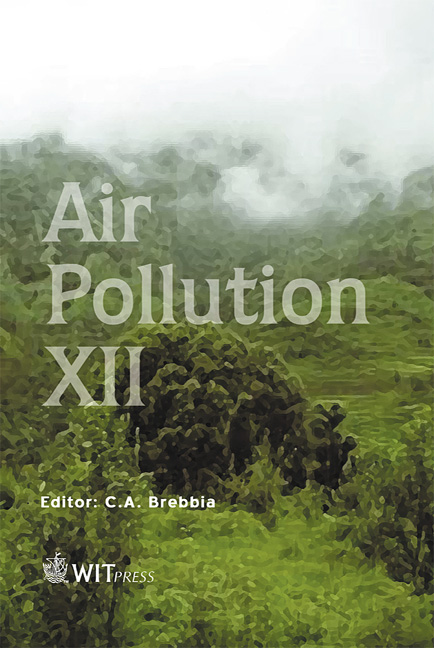Evaluation Of PM2.5 In Chicago By Chemical Mass Balance And Positive Matrix Factorization Models
Price
Free (open access)
Transaction
Volume
74
Pages
10
Published
2004
Size
1,545 kb
Paper DOI
10.2495/AIR040161
Copyright
WIT Press
Author(s)
P. Scheff & M. Rizzo
Abstract
Chemical Mass Balance (CMB) and Positive Matrix Factorization (PMF) models were used to analyze fine particulate matter data from two sites within the city of Chicago. Measurements of metals, organic and elemental carbon, sulfate, nitrate, and gaseous criteria pollutants from the PM2.5 speciation network were evaluated. CMB and PMF results were both strongly influenced by the measurement uncertainty. Variables with a high percentage of measurements below the detection limit were heavily down-weighted so that the models would not be overly influenced by low or unknown concentrations. Variables that were usually above the detection limit were weighted by the root mean square average of 10 % of the measured concentration and the corresponding detection limit. The analysis yielded a nine
Keywords





